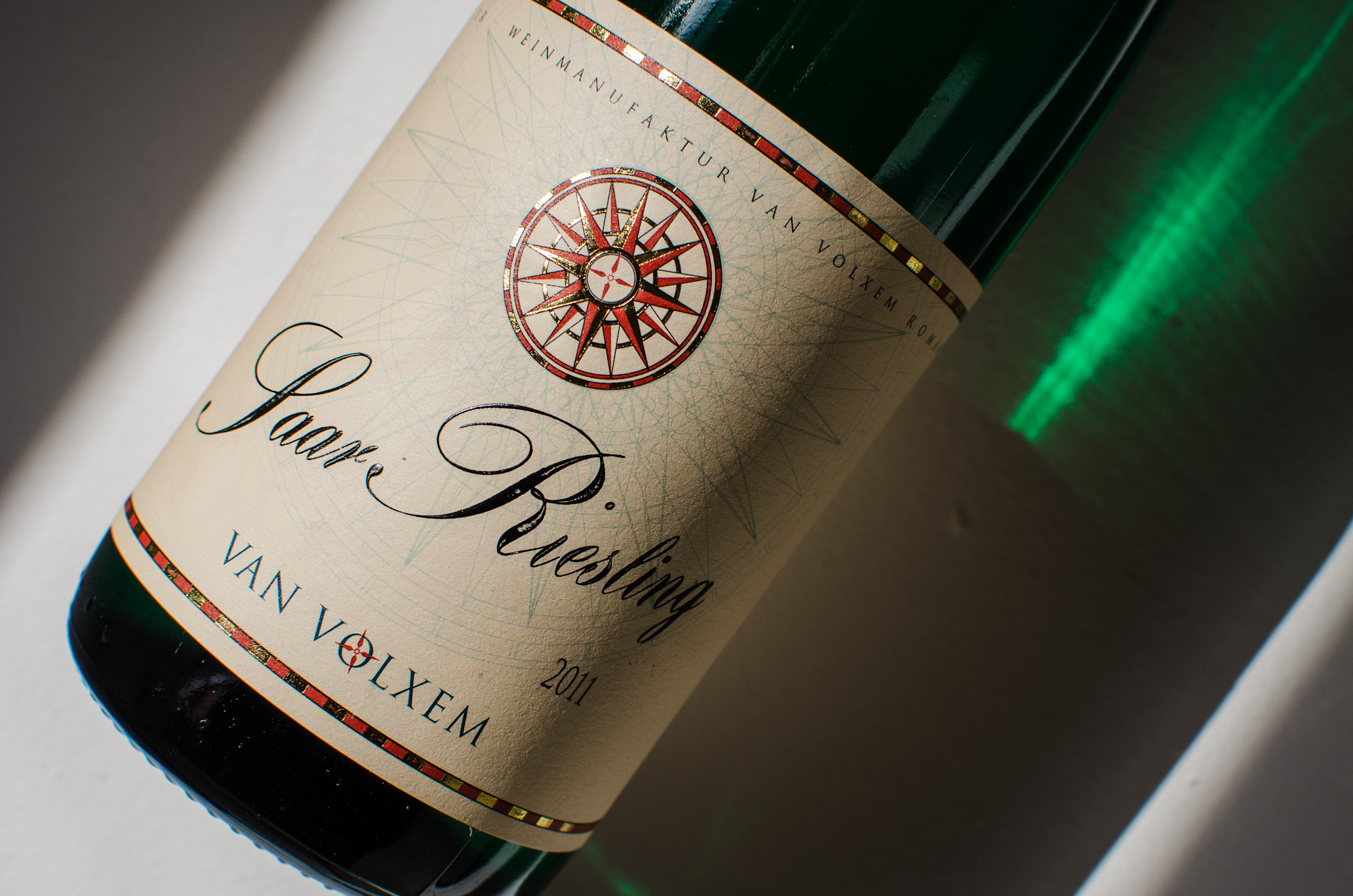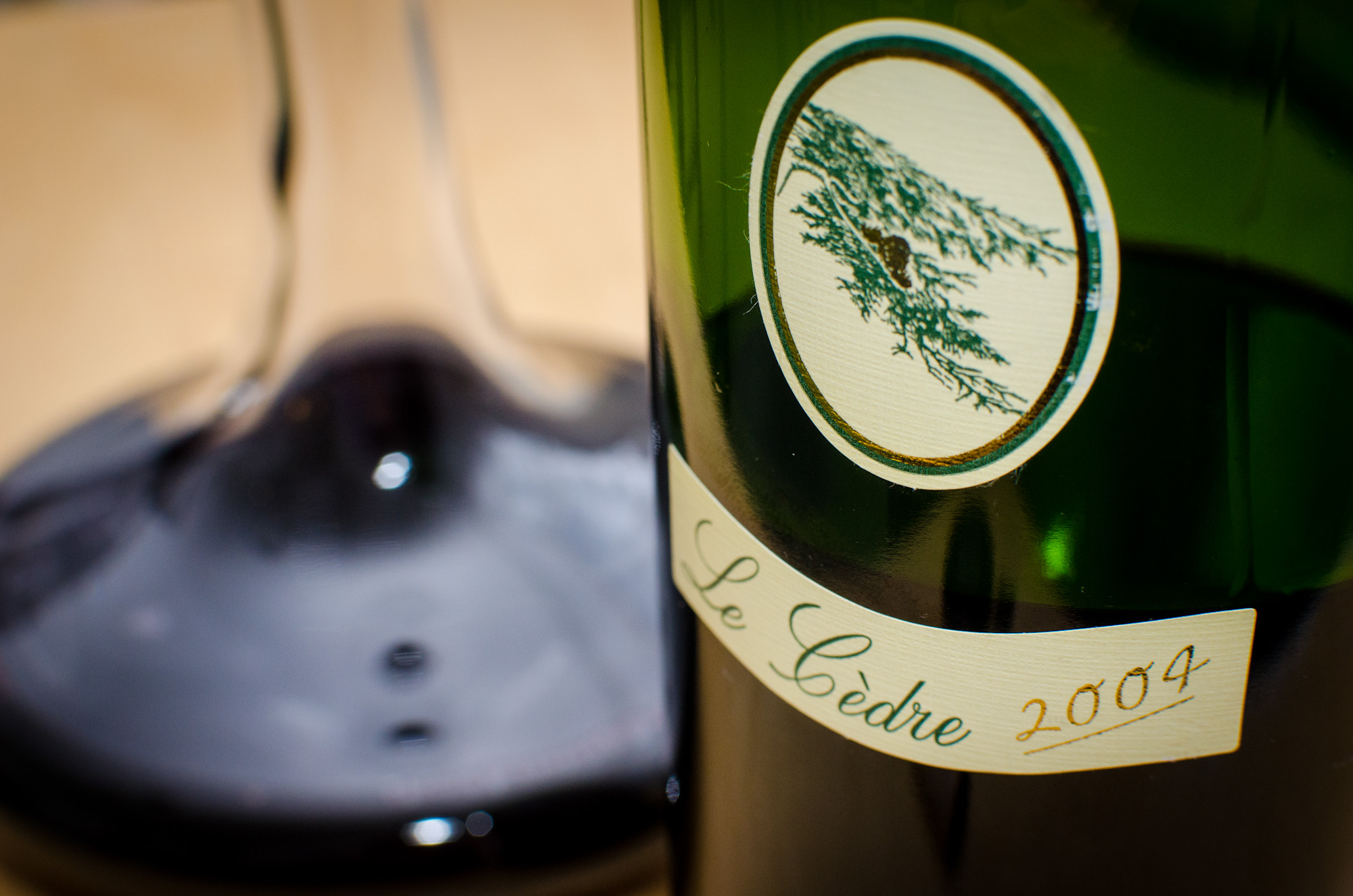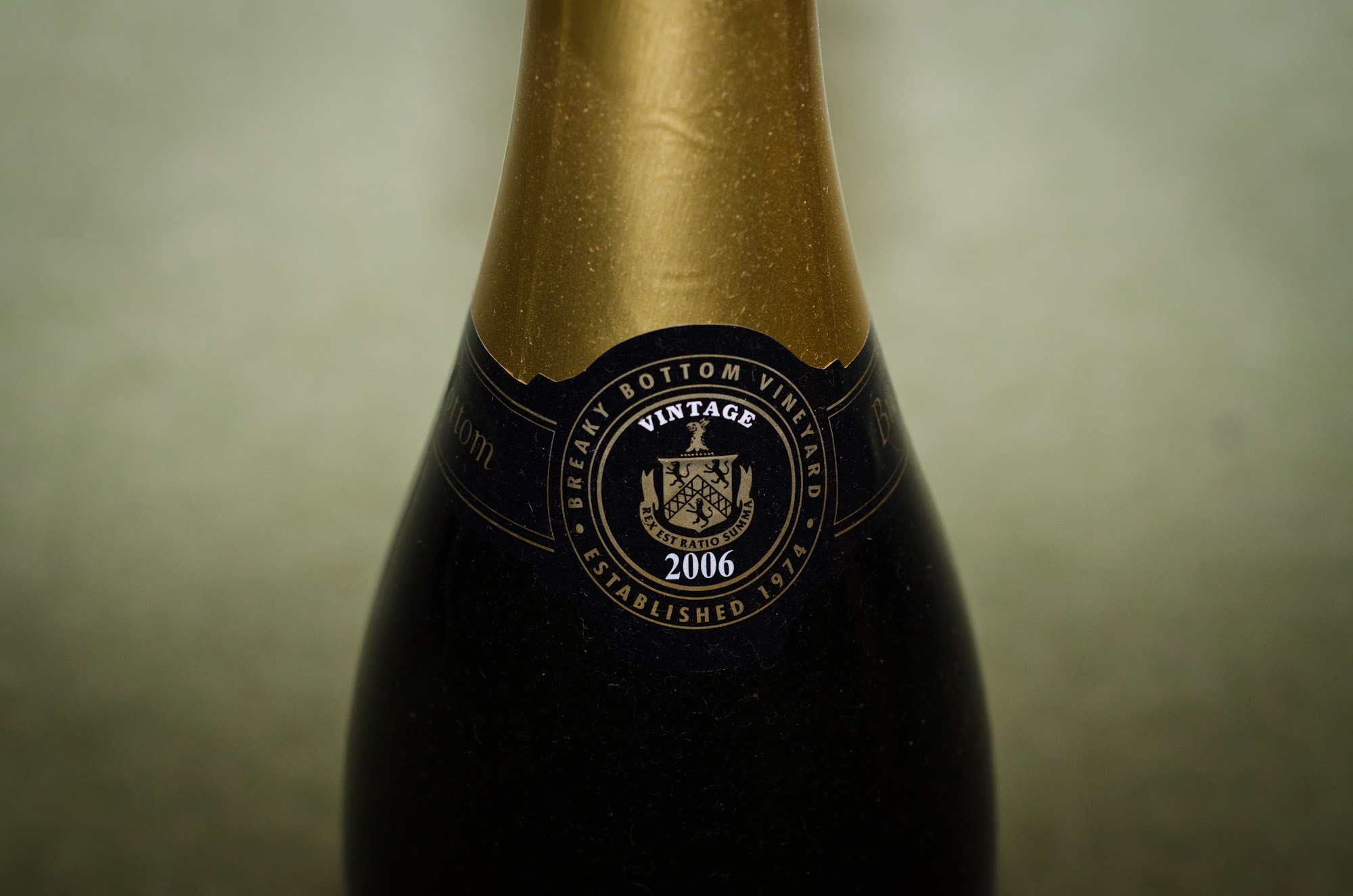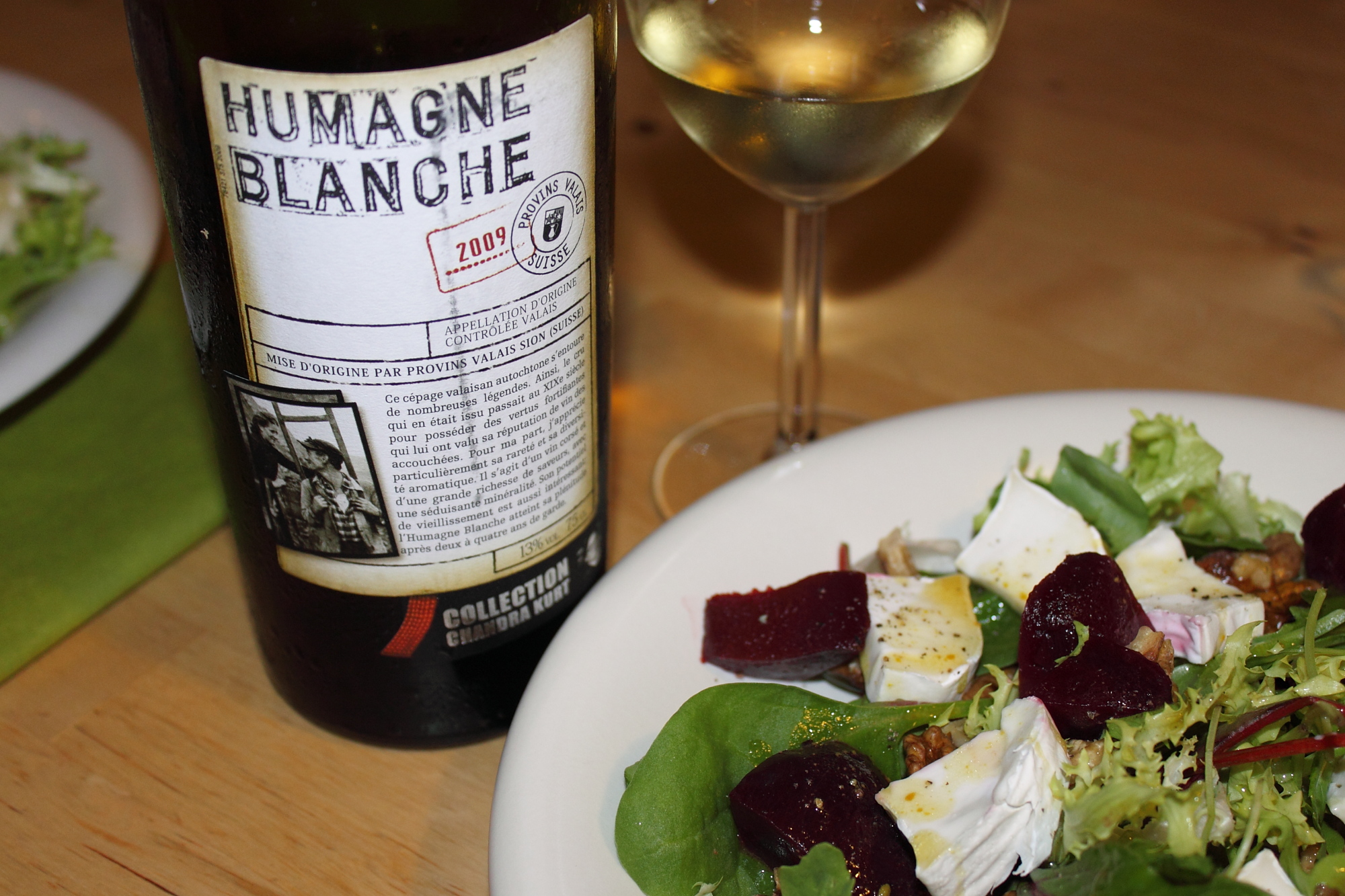Alexander Laible, Riesling trocken "Chara" ***, 2010
After the epic ramble on which Torsten took you last time, along the sheer slopes of the Mosel valley and the bold challenges they afford the winemaker, it seems an uphill trek for me to interest you in a less dramatic setting for German Riesling. But I think I may have the region to do it, and the winemaker as well. The Place is the Ortenau, the Baden subregion made up by the last few hills of the Black Forest as it rolls gently down to the Rhine valley between Freiburg and Baden-Baden. A place of homely beauty, renowned for the richness of its cuisine and the temperateness of its climate, which is almost as sunny as Baden's Kaiserstuhl, but not quite as warm, with the cooler, pine-shaded Black Forest at its back. Riesling country.

The Winemaker: Alexander Laible, son of Andreas Laible, who has been for years, if not decades the uncontested number one among the winemakers of the Ortenau. Due to the enthusiastic press Alexander is getting, I have wanted to try one of his wines for some time, so I'll try not to lose too many introductory words now that the moment has arrived:









